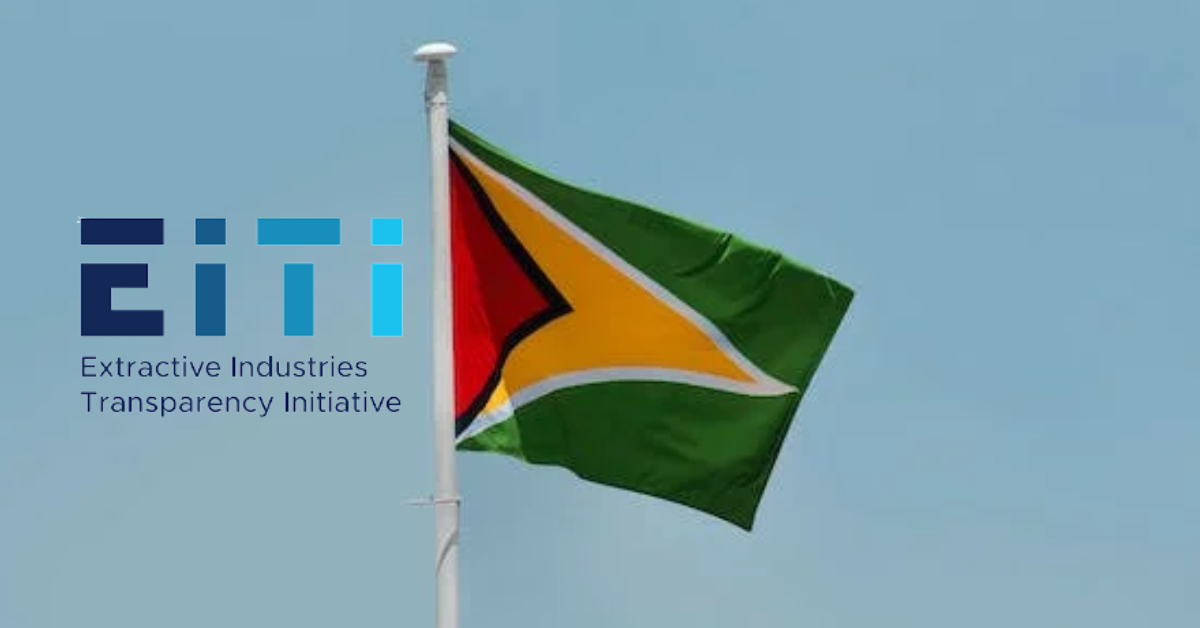This is in reference to Clement Smith’s letter in Kaieteur News on October 27 titled “Guyana’s take from oil is larger than many countries”. Clement Smith stated my recent letter is inconsistent with the facts. A copy of this letter can be found here: http://www.oggn.website/2018/10/23/flawed-oil-contract-is-giving-up-more-than-investment-bank-likely-to-generate-in-future-returns.
In his letter, the only source of information cited was the Rystad Energy report. I have not seen the Rystad report. I have only read newspaper articles reporting on the Rystad report. I assume that since Rystad produces reports to sustain its business, then it wouldn’t give it away to Joe public? Does Mr Smith have the report and why was he privileged to such a report?
In a letter published in June, 2018, a copy is replicated here: http://www.oggn.website/2018/06/05/inconsistencies-in-rystad-energy-report, the OGGN group, of which I am associated, pointed out that the little bits of information that were released of the Rystad report had inconsistencies. Let’s try to make this easy and clear.
In one article, when Guyana’s confirmed reserves were 3.2 billion barrels, Rystad figures work out to US$150 billlion revenues for Guyana in the next decade.
In another, Exxon is reportedly saying Guyana will earn US$7 billion on 450 million barrels. When we scale this up for 3.2 billion barrels, the number works out to only US$50 billion.
There is a huge discrepancy when trying to reconcile the Rystad report against what Exxon has published. Since Mr. Clement Smith is charging us with inconsistency – he should help us reconcile these numbers. What is Guyana going to earn on 3.2 billion barrels – $50 billion or $150 billion?
Mr Smith further claims that Guyana’s take is higher than countries like Canada. However, the Canadian “oil sands” have seen many oil companies, including Exxon and its subsidiary, Imperial Oil, abandon the development of their tar sands’ assets in 2017.
You cannot compare all the advantages of Guyana’s quality crude to that of the Canadian tar sands – and be proud you got a better deal. It is like boasting you sold your two-year-old car for a better price than your neighbour’s 20-year-old pickup truck. One of our goals at OGGN is to educate the Guyanese public and we suggest Mr Smith might find another recent article informative, see http://www.oggn.website/2018/10/23/guyana-has-crucial-advantages-which-should-pave-the-way-to-renegotiate-the-exxon-oil-deal/.
On July 16, 2018 Kaieteur News published an article titled, “Rystad Energy Part of Exxon’s lobby machine – Dr. Mangal”. In that article, Dr. Mangal raised serious questions about the credibility of Rystad. The article further proceeded to state, “. . . Kaieteur News exposed how Rystad Energy Report on Guyana’s future oil wealth from the Stabroek Block was not informed by an analysis of the Guyana-ExxonMobil Production Sharing Agreement (PSA).”
These statements should dismiss Rystad as a credible source of information. We would like to know who is underwriting the cost of Rystad’s work – and hope it is not a case of “He who pays the piper calls the tune“.
The IMF report was paid for by the Government of Guyana. It was not produced by a company, such as Rystad, trying to gain favor with Exxon. It is a good sign to see the government has engaged the IMF to help in the auditing of pre-contract cost.
It would be more encouraging if the government renegotiates the contract to fix the many flaws pointed out by the IMF and others in the press. If the US can renegotiate NAFTA with Canada and Mexico, to fix minor issues such as dairy tariffs, why isn’t Guyana willing to renegotiate the oil contract that is riddled with serious flaws?
Darshanand Khusial
Oct 29th, 2018










